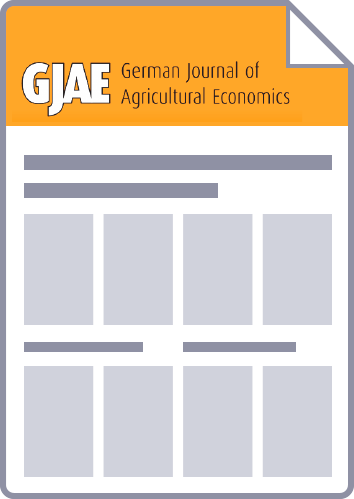This article sets out to investigate the development of total factor productivity in organic and conventional agriculture in the period from 1999/2000 to 2006/07. Productivity development is assessed with the use of Malmquist Indices based on Stochastic Frontier Ana-lysis. The analysis is based on a balanced panel of farm records of 151 organic and conventional farms, respectively. A matching procedure is applied to identify for each organic farm a conventional counterpart with similar structural features. The study reveals a similar development of productivity in organic grazing livestock and mixed farms, but the productivity level is still lower compared to their conventional counterparts. Only organic arable farms had started off with a higher level of productivity in 1999/2000 but they were not able to maintain their advantage over their conventional counterparts. The Malmquist analysis highlights that these changes cannot be attributed to low rates of technical progress. Lack of technical and scale efficiency are rather to be seen as the key drivers of the slowed productivity development in organic agriculture.



